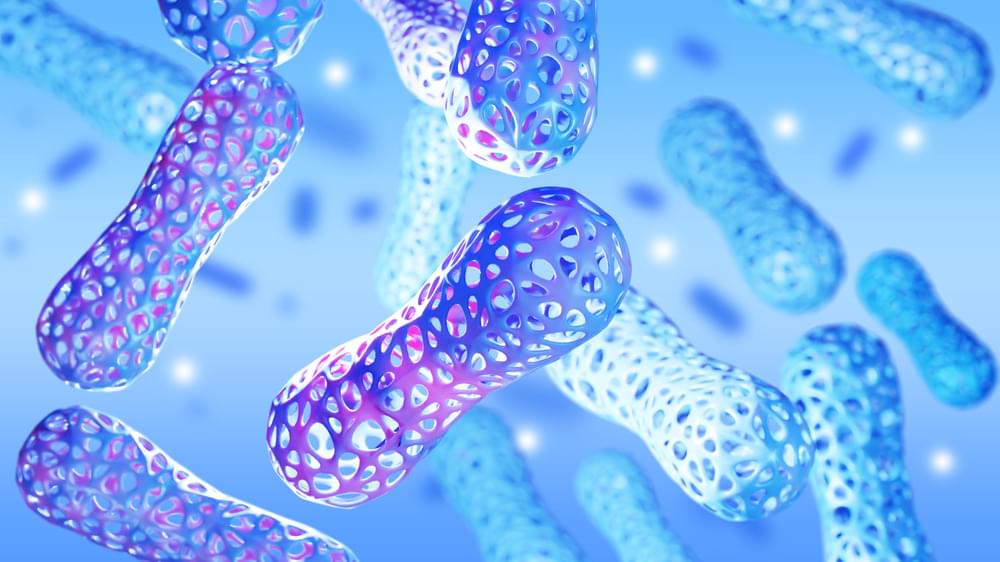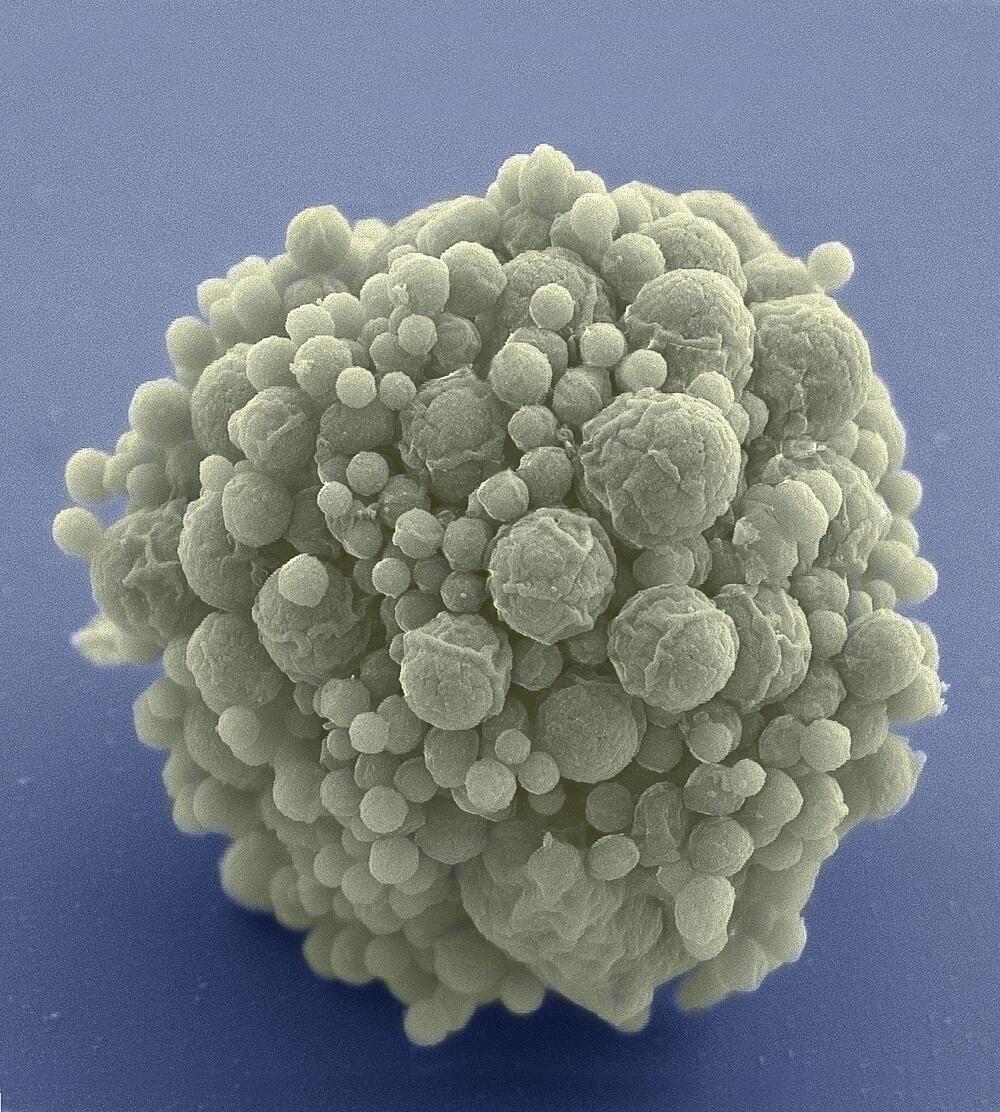New research published in Scientific Reports suggests that microbes in the human gut and mouth can impact how long people live [1].
Bacteria and other microbes are often associated with diseases, but disease-causing microbes are only a minority. The majority of microbes are harmless or beneficial to humans, and we have millions of them living inside and outside us. Researchers refer to this community as the microbiota.
In previous research, scientists had noticed an association between microbiota and longevity [2]. However, the association between two things does not necessarily mean that one is causing the other. Therefore, in this new paper, researchers explored potential causal relationships between gut and mouth microbes’ composition and longevity in order to determine what compositions of microbiota result in increases or decreases in lifespan.








